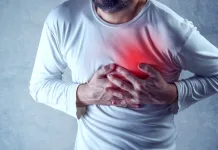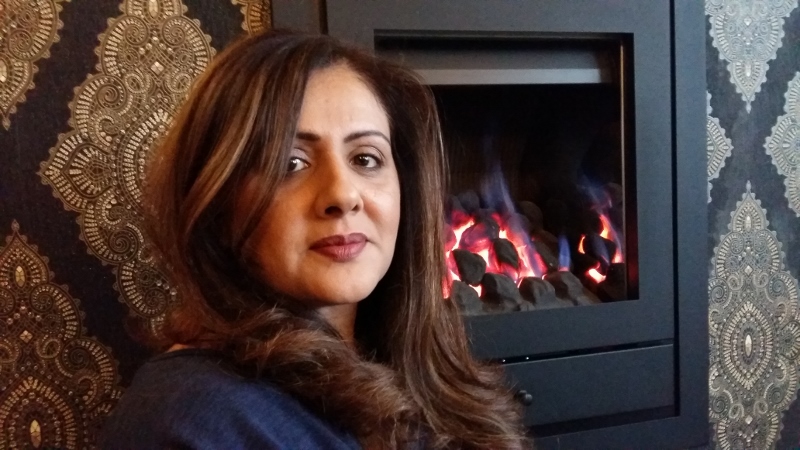High blood pressure is one of the leading causes of cardiovascular disease, yet millions of us don’t know we have it. Yet, a simple test can reveal if you are at risk.
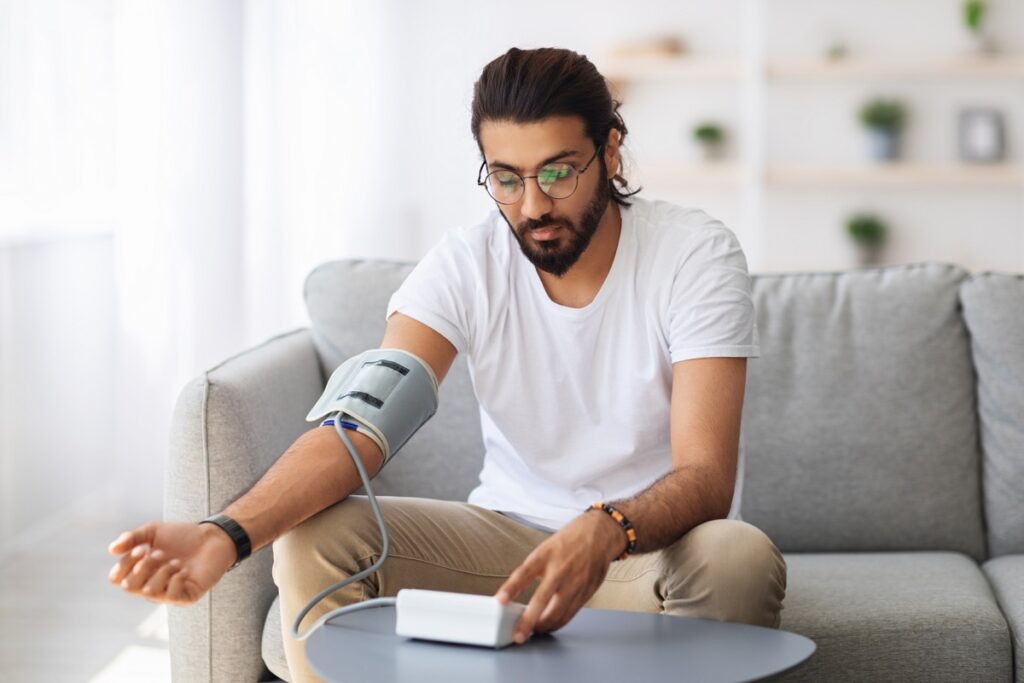
It’s one of England’s biggest killers, yet millions of us are walking around not knowing that we have a ticking time bomb inside of us.
Cardiovascular disease (CVD) is responsible for nearly a quarter of all deaths in this country every year, yet it is largely preventable.
That’s because the biggest cause of CVD is high blood pressure, which can be controlled by both medication and lifestyle changes.
The problem is that high blood pressure has no symptoms, so around four million people in England have no idea theirs is too high. That’s why it’s vital to have yours checked – it’s the only way to know.
Blood pressure checks are available for free at your GP surgery, and if you are aged over 40, the service is available at many pharmacies too.
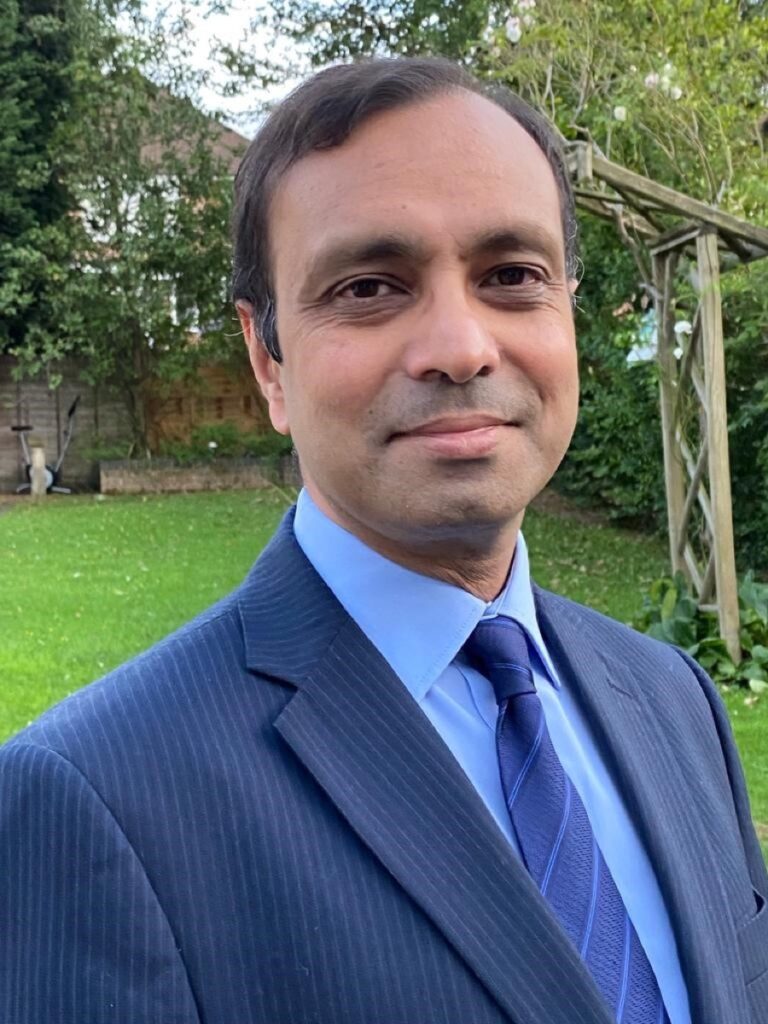
Dr Shahed Ahmad, National Clinical Director for Cardiovascular Disease Prevention at NHS England says: “Over a quarter of adults have high blood pressure although many will not realise due to a lack of noticeable symptoms. If left untreated it increases your risk of serious problems such as heart attacks and strokes. The only way to find out if your blood pressure is high is to have your blood pressure checked.”
WHAT IS CVD?
Cardiovascular disease – a general term for conditions affecting the heart or blood vessels – is a leading cause of death and disability in England.
High blood pressure (hypertension) is one of the most important risk factors for CVD. If your blood pressure is too high, it can damage your blood vessels.
WHO IS MOST AT RISK?
While anyone can have high blood pressure, you’re more likely to develop it if you are overweight, eat too much salt and not enough fruit and veg, or if you do not get enough exercise.
Smokers, drinkers and those over 65 are also more likely to be at risk. If you sleep badly or have a relative with high blood pressure, that also increases your chances, so it’s worth getting tested at least every five years if you’re over 40.
WHAT HAPPENS DURING A TEST?
During a blood pressure test, a cuff is usually placed around your arm (sometimes your wrist) and inflated until two numbers appear on the machine. The top number (called systolic pressure) is the force at which your heart pumps blood around your body, while the bottom number (diastolic pressure) is the resistance to the blood flow in the blood vessels.
Get your blood pressure tested. Find out more at nhs.uk
Ideal blood pressure is considered to be between 90/60 and 120/80 (or below 150/90 if you’re aged over 80).
Meanwhile, high blood pressure is considered to be 140/90 or over (150/90 or over if you’re aged over 80).
However, if you are measuring your blood pressure at home, it’s slightly different: high blood pressure is considered to be an average of 135/85 for those aged under 80, or 145/85 for those aged 80 and over.
Between 120/80 and 140/90 means that you are at risk of developing the condition if you don’t take preventative measures.
Your pharmacist or another healthcare professional can help you maintain your blood pressure at a safe level with the aid of lifestyle changes or medicines – they can support you to decide which treatment is right for you.
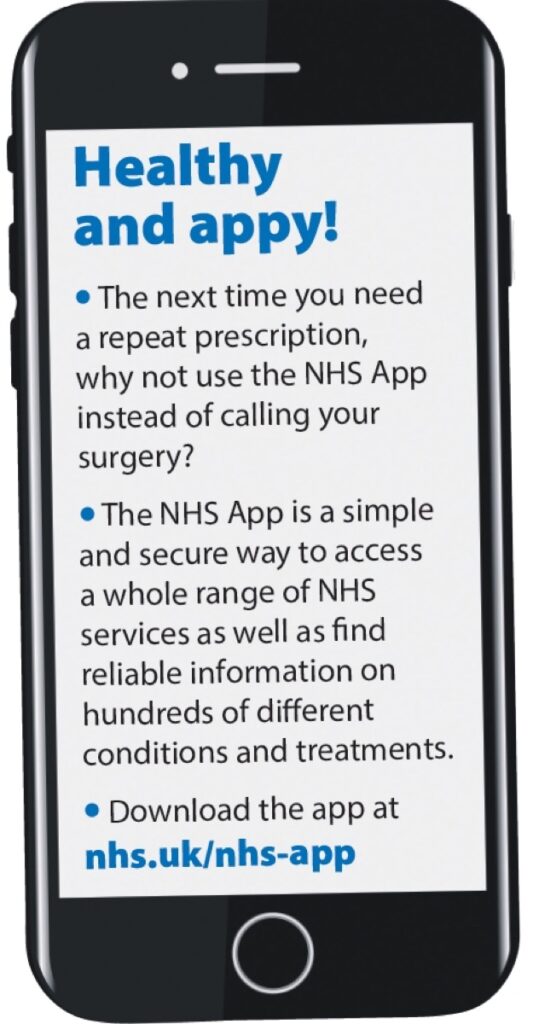
“I was in my 30s when I was diagnosed with high blood pressure”
Grandad to eight grandchildren, Balal, 75, says that in his late 30s, he was enjoying life and seemed to be in the best of health, so he was shocked to discover he was suffering from hypertension during a visit with his GP.
“My wife dragged me to the doctor to look into some persistent headaches I had been experiencing, and while I was there, the doctor also checked my blood pressure.”
“To my horror, my blood pressure was through the roof somewhere in the region of
170/110. My GP said I was at very high risk of heart attack or stroke.”
Balal knew he had to make some lifestyle changes immediately.
“I drastically changed my diet, cutting out salt pretty much altogether and introducing more
fruit and vegetables. Even now, years later, I’m careful with everything I eat.
“Most importantly, I built in a daily morning walking routine ever since I was diagnosed with hypertension (high blood pressure). I even took up cycling.
“My hypertension and angina are managed daily with medicine, and I am stable. I am blessed that I was diagnosed and was able to manage my condition with medicines and lifestyle changes. I am forever grateful for the intervention.”




